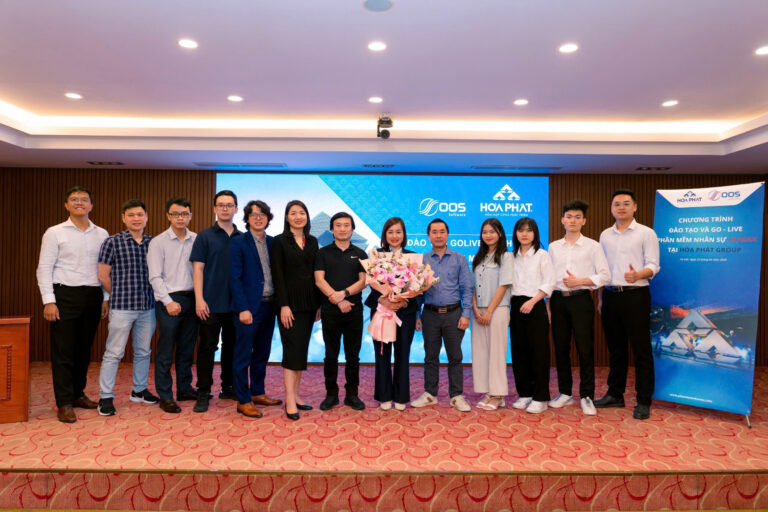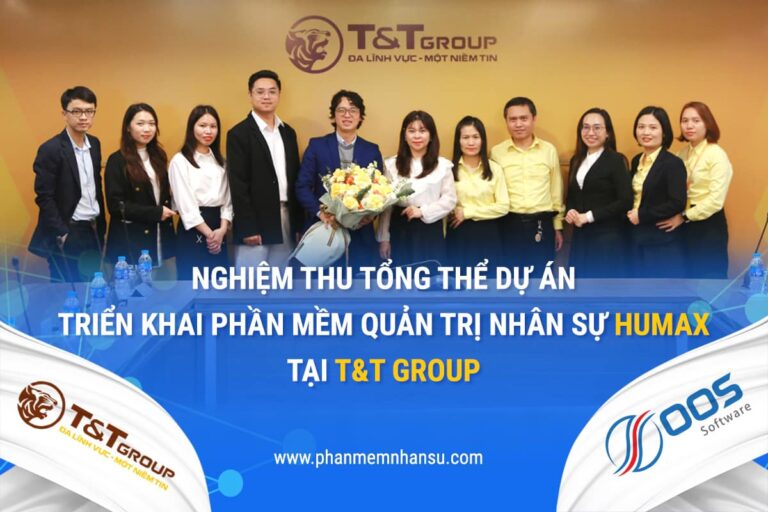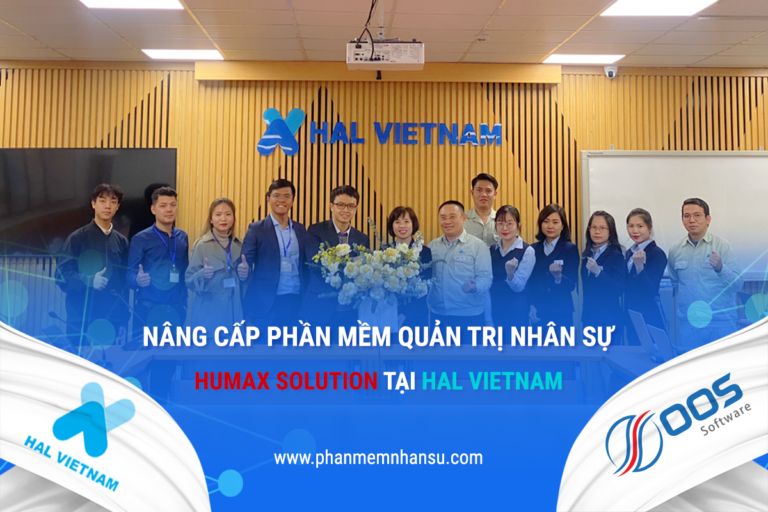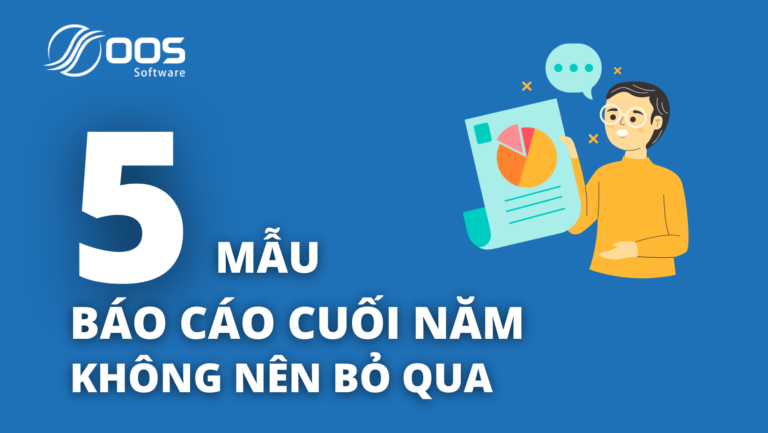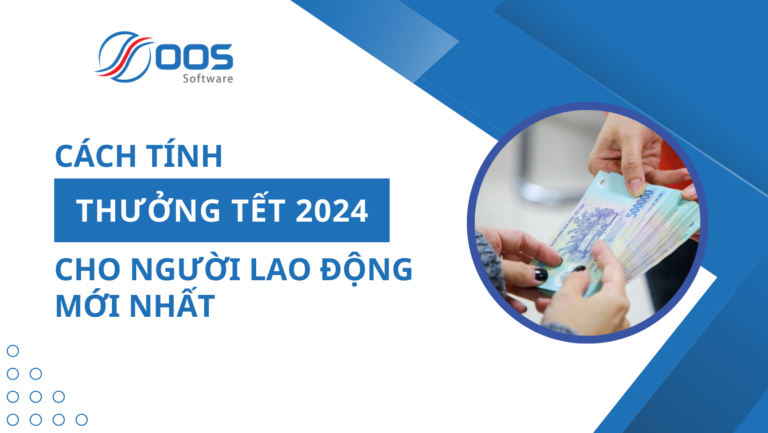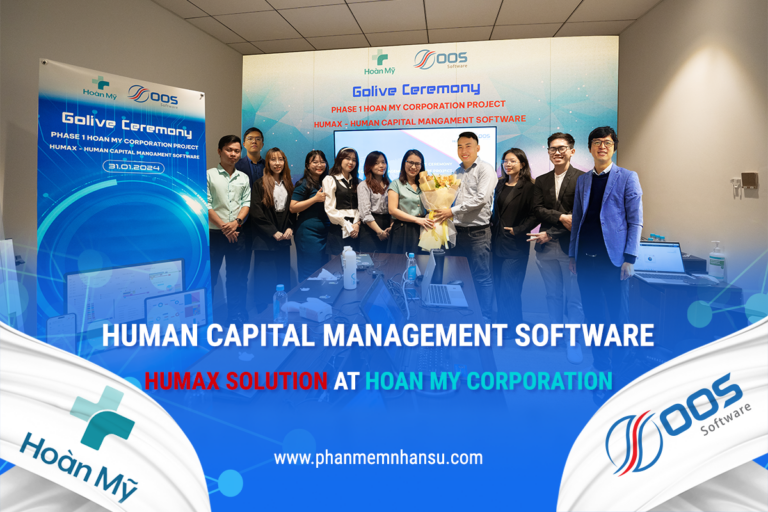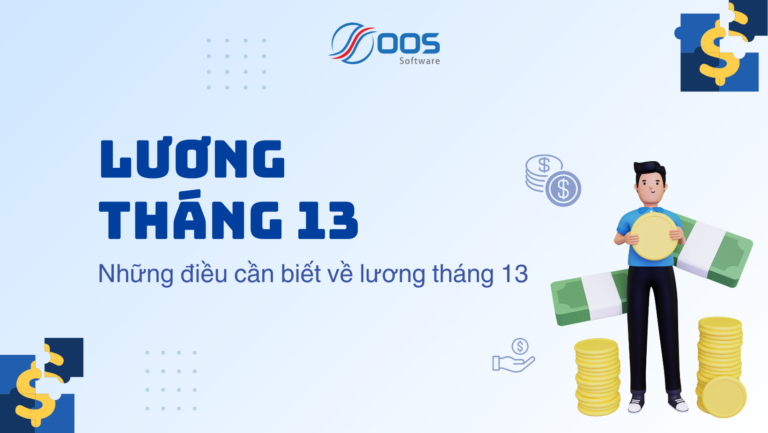According to the CBSight report, from 2012-2016, investors around the world increased the amount of money pouring into artificial intelligence (AI) from $500 million to $5 billion. Giants in the field of AI like Google, IBM are investing heavily in the market, but is this game just for the big guys? Nguyen Thanh Hai, CEO of Asilla Vietnam - a company that develops AI products and services for businesses - shares with ENTERPRISES the important factors when small businesses want to ride the big wave called intelligence. artificial intelligence.
Vertical growth
According to Nguyen Thanh Hai, current giants such as Google, Facebook, and IBM follow a horizontal development strategy, building AI-based technologies, targeting each individual customer. Small and medium enterprises that want to participate in the market need to develop vertically, choosing niche markets with each specific product.
Net Print Japan is a company with about 200 workers. Every day they have to record in the time sheet the time of arrival, departure, and overtime of the workers. Although the company applies card-based timekeeping solutions, according to Japanese labor law, it is still required to have a handwritten time sheet written by the worker himself. At the end of the month, administrative staff will receive these handwritten timesheets and input them into the computer to compare with the data from the swipe card system to calculate wages for workers. Since it has to be entered manually, it takes a lot of effort. Normally, 3 administrative staff have to spend 3 full working days to enter and check. The company decided to use AI technology to automatically digitize the handwritten timesheets Asilla offers, and now it only takes one employee to do it in half a day. Handwriting recognition is the most active service, currently Asilla is providing more than 50 Japanese businesses.
Another example comes from Fujitsu Japan, another Asilla customer. Japan is a country with an aging population, a high rate of elderly people suffering from dementia and memory loss, so they often get lost. Usually, when a person is found lost, people will bring them or call to notify the authorities or the police. The family of a lost person will contact to ask for help. However, finding the right information takes a lot of time and effort, which can take several days to weeks. The Japanese company Fujitsu had the idea to build a system that would allow families and helpers (who find the elderly lost) simply take pictures with their phones and upload them to the system. The system will automatically analyze and identify the duplicates and notify the family of the missing person's information. Fujitsu hired Asilla to implement the AI system for the above problem.
The specific needs of Net Print Japan or Fujitsu today are many. Towards solving the small problems that businesses are facing is a clever product development strategy. Mr. Hai's start-up is providing 4 main product lines including: handwriting recognition on business time sheets, car model recognition through photos, sensitive photo recognition and passenger identification. Camera action helps to take care of the elderly. In addition, the company also implements short-term projects at the request of customers directly. Up to this point, the Asilla team consists of only 14 members, equally divided into two branches in Vietnam and Japan. Although resources are thin, if small businesses know how to find their own specific problems, they can completely immerse themselves in the "ocean" of artificial intelligence.
Solving data problems
After orienting the product model to pursue, all businesses will have to face the problem of data. Mr. Hai shared: "Usually an AI project of ours will take from 1 to 2 months on average to complete from the time the business's topic is issued, but 80% has to focus on the data stage." . Machine Learning technology needs a huge amount of data for AI to learn. Usually, businesses will write their own algorithms to collect from specialized websites. But the headache is how much data is "good" enough for AI to learn? It is necessary to process, remove “garbage” and make it suitable for customer requirements.

The processed data is called labeled data. According to Mr. Nguyen Thanh Cong, Director of Data Section Vietnam, data labeling is something that businesses in this market must pay attention to. The "big guys" like Facebook or Google all offer open data files, anyone can get them, but the company's task is to build their own labeled datasets. In professional AI development teams, most engineers have the ability to mimic the other team's software, but accessing the data is not easy. Thus, data is both a determining factor of success and failure, and a defensive barrier for many companies more than software. However, AI is not the savior.
The media's portrayal of the power of artificial intelligence makes many people mistakenly believe that AI will be able to completely replace humans. Customers often expect that spending money on AI will reduce all previous labor costs. But in reality, AI projects only meet an accuracy level of 80-90% compared to the beginning (which can increase as it continues to develop) and the implementer needs to convince the customer to agree to that.
Mr. Cong assessed that many foreign markets have very expensive labor costs, so even if the exact probability is not 100%, users still benefit when AI replaces part of the overall work. But in the domestic market, the situation is opposite. The investment cost for an AI project for corporate customers is about 1 billion VND, so most domestic businesses are not interested in this technology solution. Therefore, start-ups often have to look for markets in more developed countries such as Japan, the US, etc., where investors have a need to cut expensive labor costs and dare to experiment with new technologies more. .

